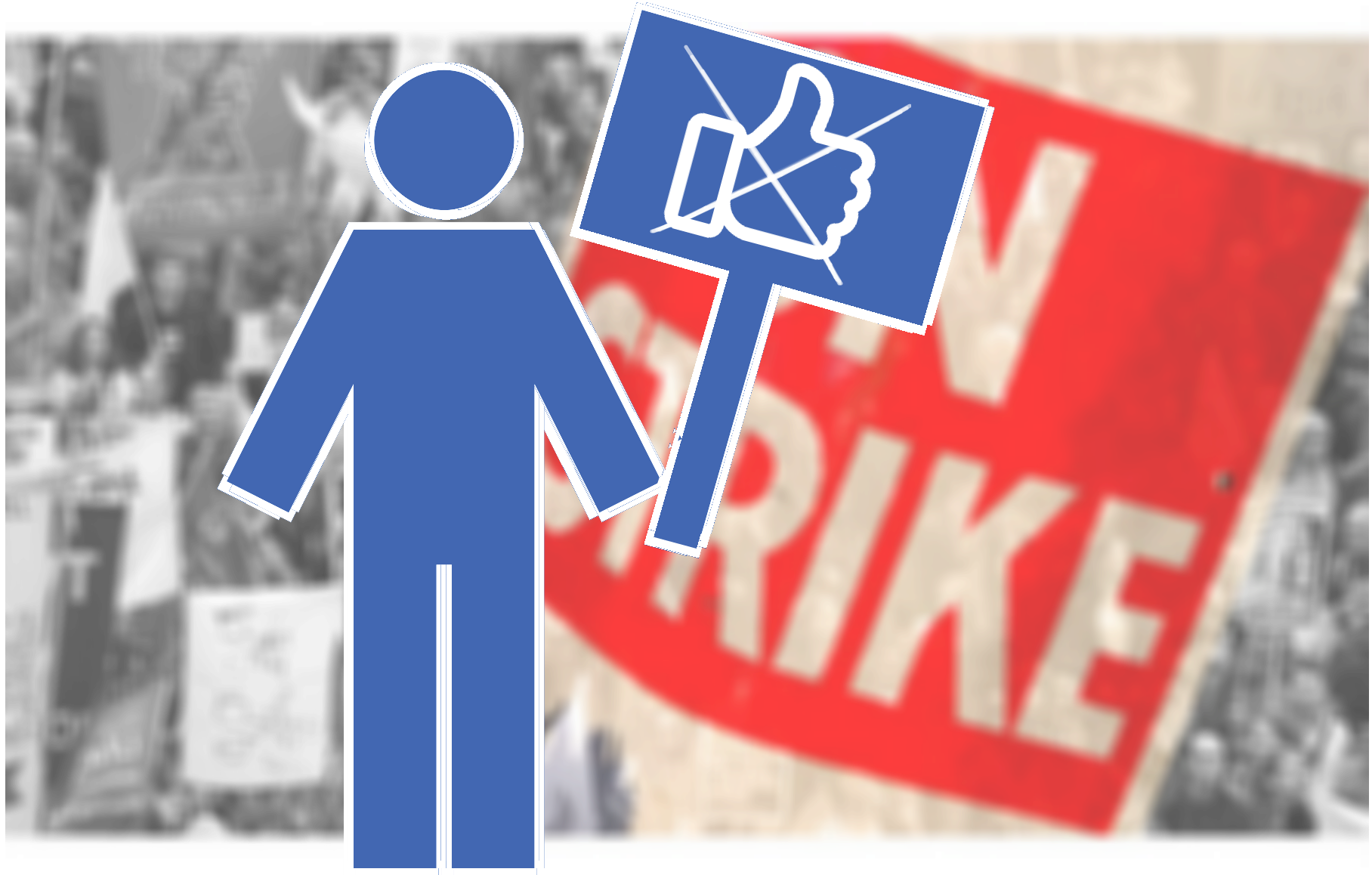Tag: strike

Posted in Blog
Why Facebook users’ “strikes” don’t work (and how can we fix them)?
Another day, another call for a Facebook “users’ strike”. This one would allegedly run from May 25 to June 1,… read more Why Facebook users’ “strikes” don’t work (and how can we fix them)?
admin 8 May 2018

Posted in Blog
Lessons from Amazon’s Italian hub strike: industrial action that does not factor in both work AND data is doomed to be ineffective
On Nov 24, 2017, the three main Italian unions (CGIL, CISL, UIL) have called for a strike over the failure… read more Lessons from Amazon’s Italian hub strike: industrial action that does not factor in both work AND data is doomed to be ineffective
admin 28 November 2017